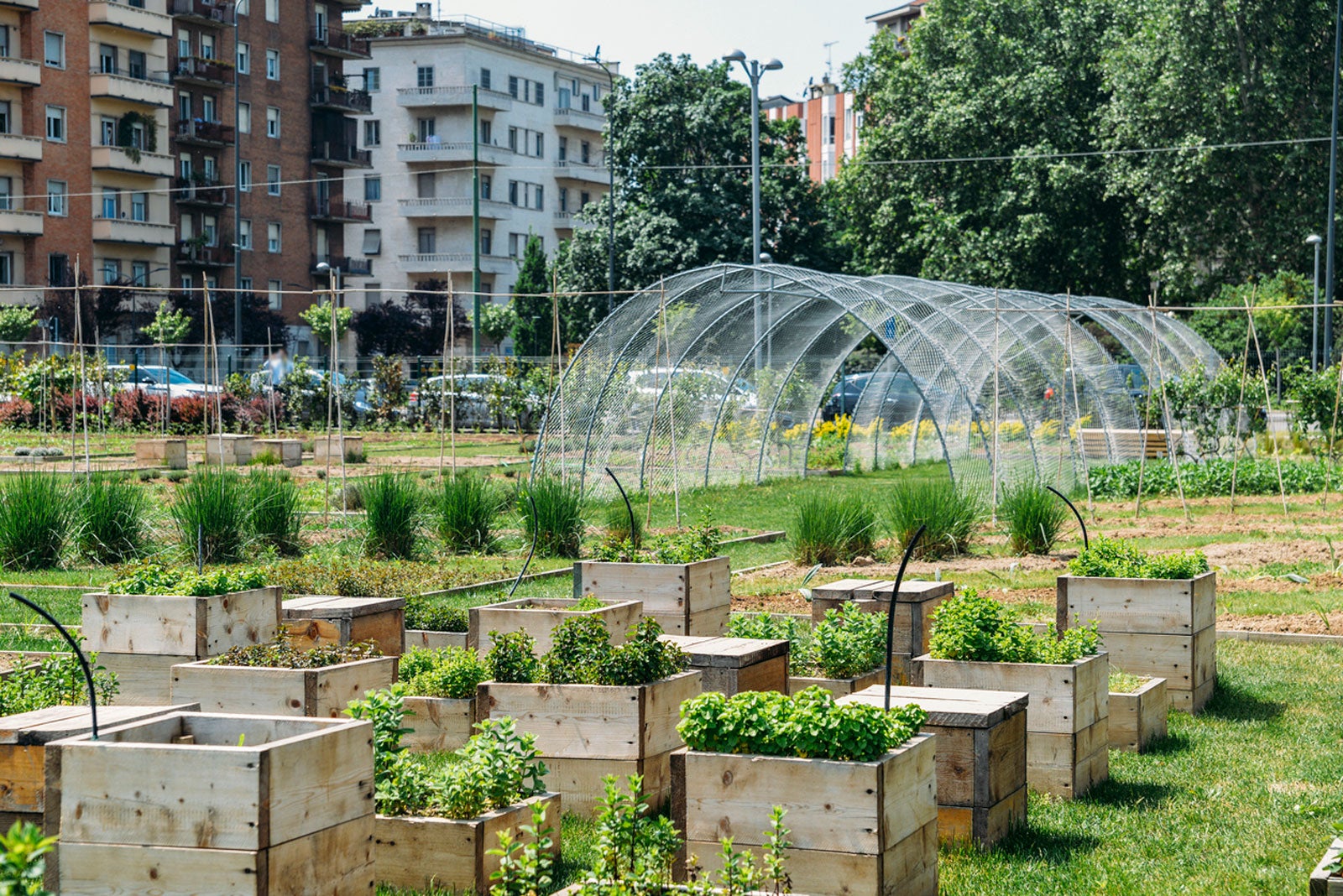The 25-Second Trick For City Blooming
The 25-Second Trick For City Blooming
Blog Article
All About City Blooming
Table of ContentsThe Only Guide to City Blooming9 Easy Facts About City Blooming ExplainedCity Blooming - An OverviewOur City Blooming PDFsThe City Blooming Diaries
Fascinated in expanding food for sale in the City of Chicago? Below is a listing of often asked inquiries concerning the regulations and regulations that cultivators should take into consideration when intending an urban farming task.
The zoning amendment does not customize any type of other codes managing composting, building permits, acquiring or renting City owned property, business licenses or ecological contamination. There are existing codes that regulate these issues and they remain completely effect and might apply to your job. Neighborhood yards are commonly had or handled by public entities, public organizations or community-based organizations and preserved by volunteers.
Urban ranches expand food that is planned to be marketed, either on a not-for-profit or for-profit basis. Due to their business function, urban farms call for a service permit.
City Blooming for Beginners
Composting is allowed yet only for plant product that is produced and utilized on website. The amount of compost material can not go beyond 25 cubic backyards at any kind of offered time according to the standards in 7-28-715 of the City's Municipal Code. Yes. Since the soil at many brand-new yard websites needs amending, compost, soil, timber chips, or other materials can be acquired to build or enhance the growing space - landscaping.

If a structure authorization is required after that the hoophouse will certainly be thought about an accessory structure. You can find out more about the building permit demands by calling the Department of Buildings. The 25,000-square-foot size restriction is meant to avoid a single community garden from controling an offered block or diminishing the block's existing property or industrial personality.
The restriction does not apply to yards located in Public Open Room (POS) districts. Can there be more than one community yard that is 25,000 square feet on a solitary block? Fence is not required, nevertheless, yards that have big auto parking locations may be needed to mount fencing or other landscaping attributes.
City Blooming Can Be Fun For Everyone
B1 & B2 districts require that all commercial usage tasks be conducted inside. Is fencing required for city ranches? Fencings might be required, along with landscaping and testing, for particular car parking areas and exterior job or storage locations depending on location and the certain task taking area.
Urban ranches require structure licenses and zoning authorizations prior to building (fruit and vegtables). Other forms of city testimonial might be called for depending on specific structures, activities, dimension, landscaping, licensing, public heath and stormwater management issues.
The Department of Business Affairs and Customer Protection can help figure out the details type of company certificate that's required. Off street car parking is needed for most commercial tasks in Chicago. The needed number of car parking areas is based on the number of staff members functioning on website and not the square footage of the growing room.
The Facts About City Blooming Revealed

Yes. A city farm can market garden compost product produced on website, however, the operation has to conform with the guidelines in 7-28-715 of the Chicago Municipal Code. Yes. Aquaponic systems are allowed inside your home on city farms in numerous zoning areas. A zoning evaluation and building permit is needed in order to set up frameworks or systems and a company certificate is needed as defined above.
Approximately five hives or swarms of honey bees might be kept as an accessory usage. However, beekeepers have to sign up with the Illinois Division of Agriculture. have a peek at this site To find out more about the recommended zoning change you may call the Department of Housing and Economic Advancement, Bureau of Planning and Zoning at 312.744.8563.
Farming in cities and metropolitan locations An urban farm in Chicago. Urban farming describes various techniques of cultivating. https://clean-gondola-5c7.notion.site/City-Gardening-Transforming-Urban-Spaces-7213d2fdc6c341e8bd8975e4c2f79126?pvs=4, handling, and distributing food in metropolitan areas. The term also applies to the area activities of pet husbandry, aquaculture, beekeeping, and horticulture in an urban context. Urban agriculture is differentiated from peri-urban farming, which takes location in rural locations at the edge of residential areas.
The Facts About City Blooming Uncovered
, who look for to create social networks established on a shared values of nature and community holism. These networks can create by means of official institutional assistance, becoming incorporated right into local town planning as a "transition town" motion for sustainable metropolitan growth.
Some of the first proof of metropolitan agriculture comes from Mesopotamia.
Report this page